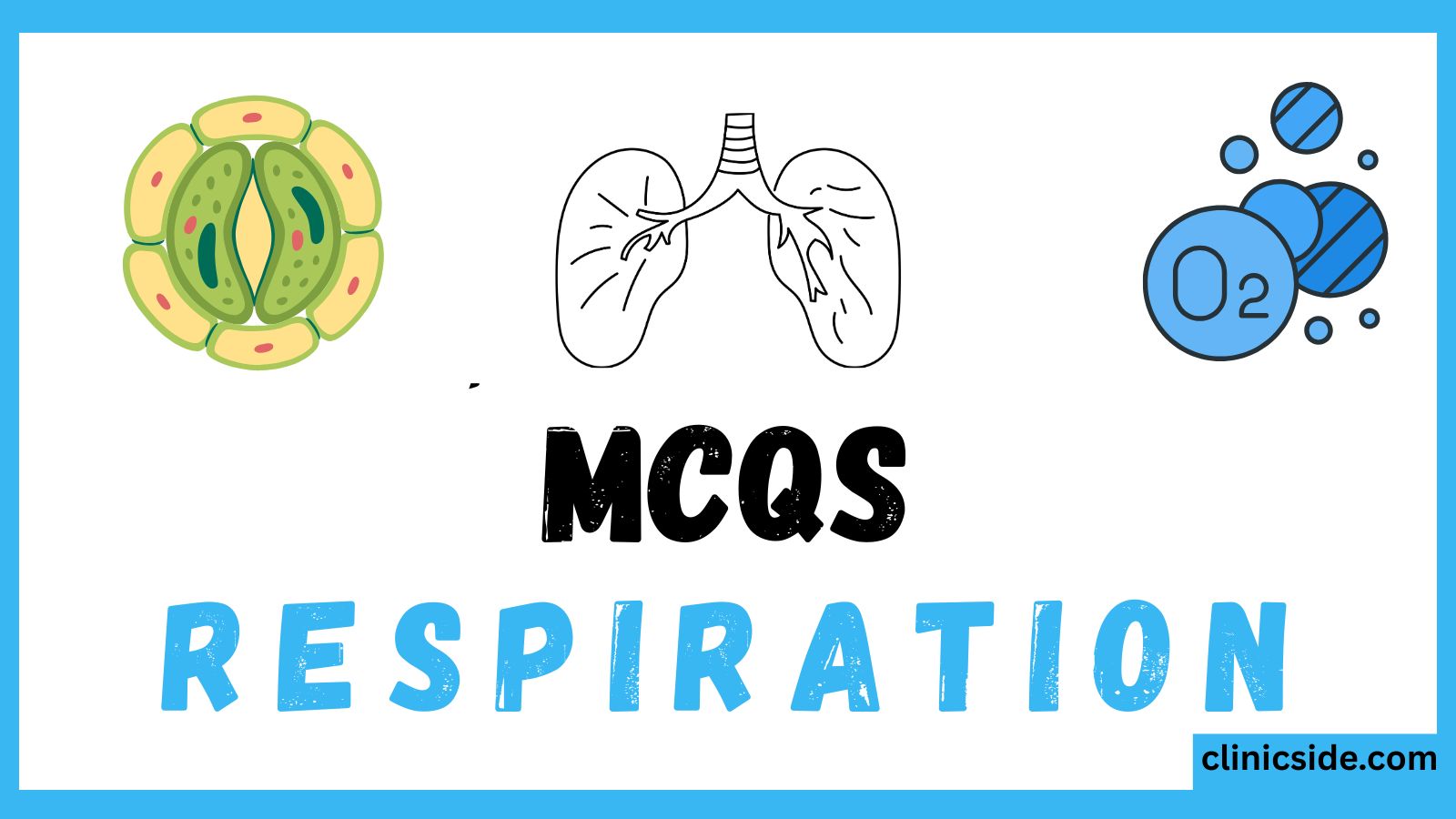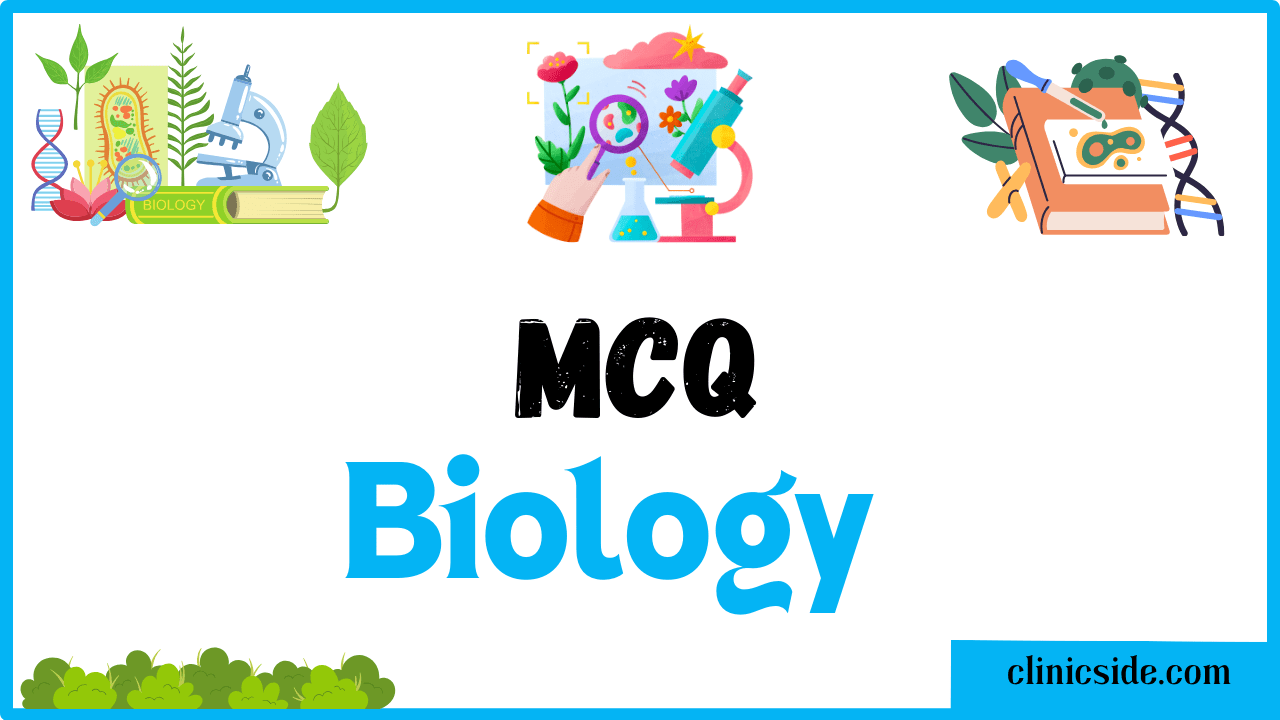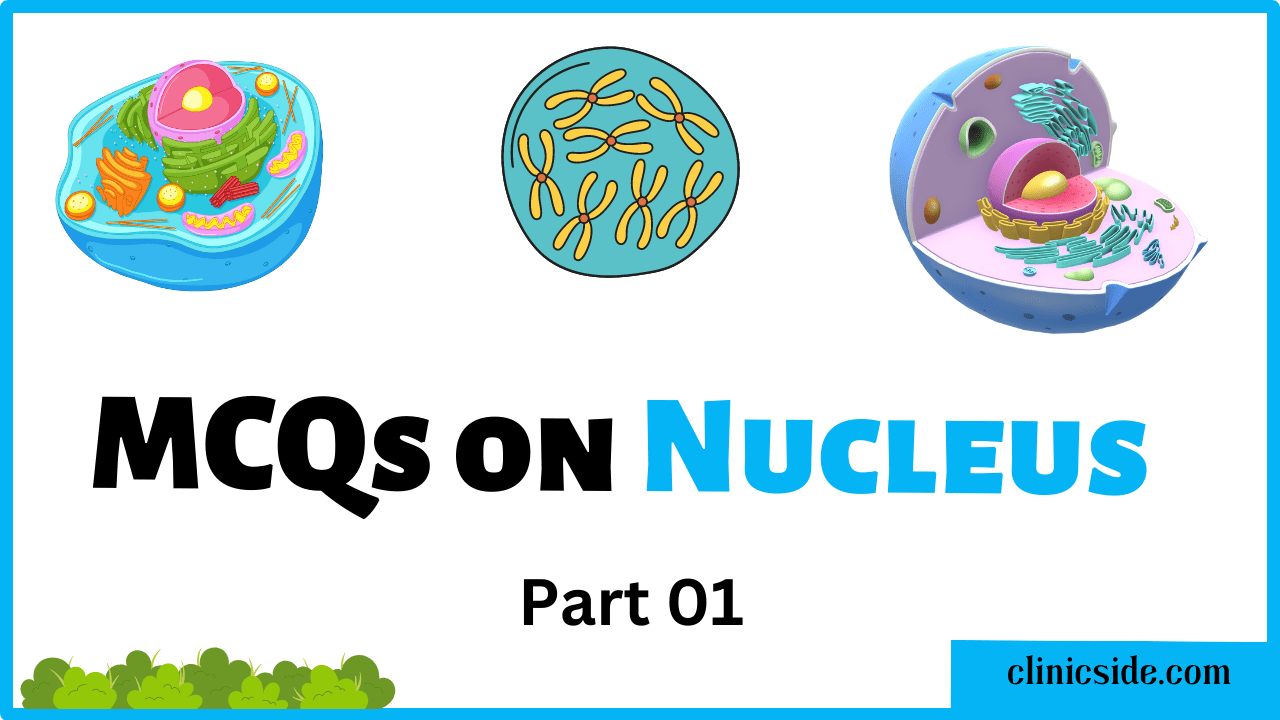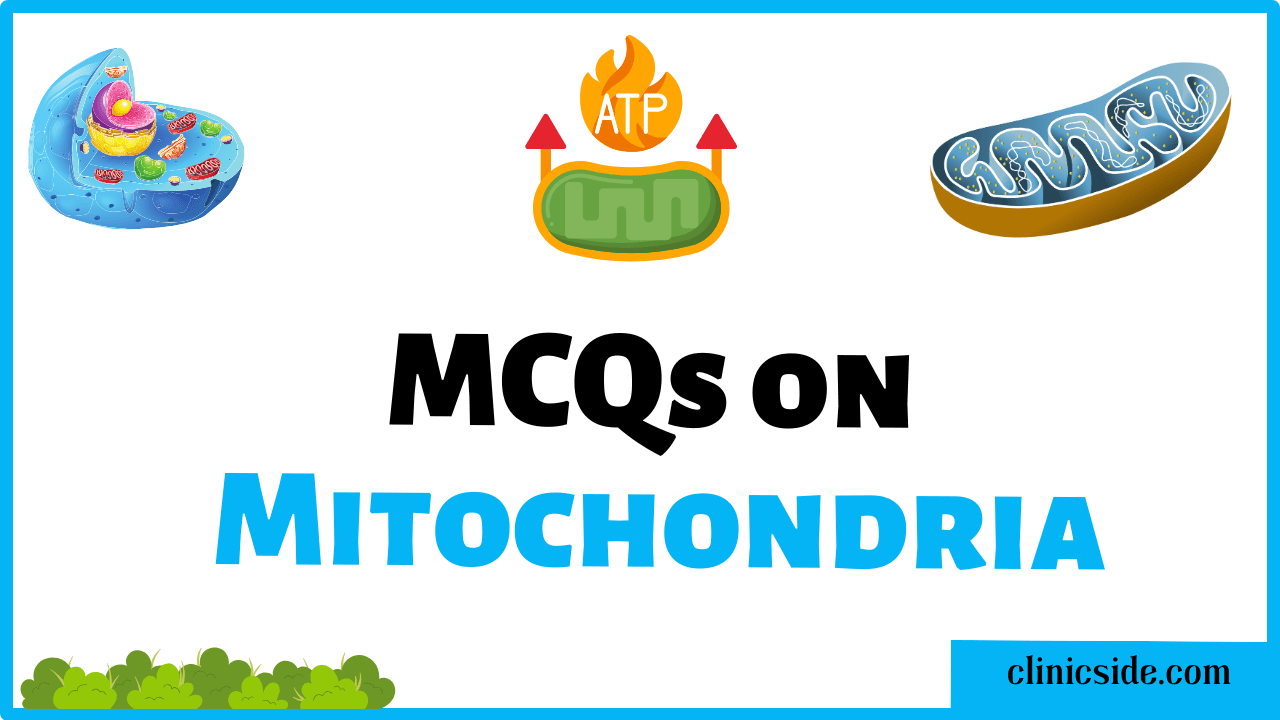Respiration is a fundamental biological process that allows living organisms to convert energy from food into a usable form (ATP). According to the new FBISE curriculum, a deeper understanding of gaseous exchange and types of respiration is now essential for students preparing for board exams. This post will explain these key concepts in detail and also offer MCQs based on the new curriculum to test your understanding.
Quiz
Available options: 1 to 20
What is Respiration?
Respiration is a biochemical process in which glucose is broken down to release energy. The energy is stored in the form of ATP (Adenosine Triphosphate) which is used for various life activities.
Gaseous Exchange: A Vital Step in Respiration
Gaseous exchange refers to the movement of oxygen and carbon dioxide between the external environment and cells. It is crucial for both aerobic and anaerobic respiration.
In Humans:
- Takes place in alveoli of the lungs.
- Oxygen is inhaled and diffuses into blood; CO₂ is exhaled out.
- Occurs by diffusion across thin alveolar membranes.
- Lungs are adapted with a large surface area, moist surface, and rich blood supply.
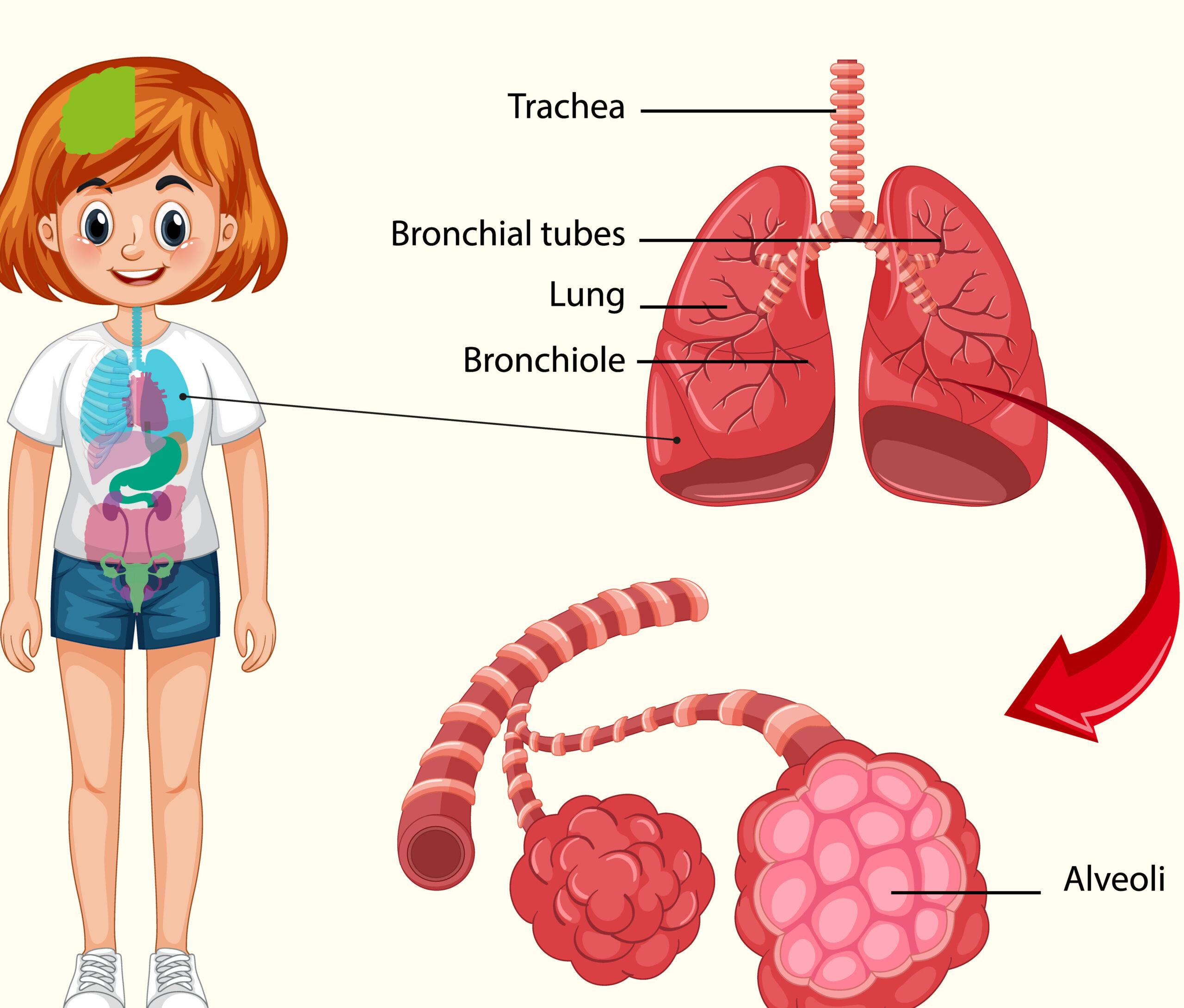
In Plants:
- Occurs through stomata in leaves.
- Roots also exchange gases through root hairs.
- No specialized organs like lungs are present; diffusion is sufficient.

In Unicellular Organisms (e.g. Amoeba):
- Gases diffuse directly through the cell membrane.
- Simple diffusion is enough due to their small size and large surface area to volume ratio.
Types of Respiration
Respiration is broadly divided into aerobic and anaerobic types:
1. Aerobic Respiration
- Requires oxygen.
- Complete breakdown of glucose.
- Occurs in mitochondria.
- Produces 38 ATP per glucose molecule.
- End products: Carbon dioxide and water. Equation:
C₆H₁₂O₆ + 6O₂ → 6CO₂ + 6H₂O + Energy (ATP)
2. Anaerobic Respiration
- Occurs without oxygen.
- Incomplete breakdown of glucose.
- Less energy is produced (only 2 ATP).
- End products vary:
- In yeast: Alcohol and CO₂ (fermentation).
- In muscles: Lactic acid (causes fatigue).
C₆H₁₂O₆ → 2C₃H₆O₃ (Lactic acid) + Energy
Key Differences Between Aerobic and Anaerobic Respiration
| Feature | Aerobic Respiration | Anaerobic Respiration |
|---|---|---|
| Oxygen Required | Yes | No |
| ATP Yield | High (38 ATP) | Low (2 ATP) |
| End Products | CO₂ and H₂O | Alcohol / Lactic acid |
| Location in Cell | Mitochondria | Cytoplasm |
| Organisms | Humans, animals, plants | Yeast, some bacteria, muscles |
Summary
Respiration is a life-sustaining process that involves the release of energy through the breakdown of glucose. Whether through aerobic or anaerobic means, organisms rely on gaseous exchange to support this critical function. With the updated FBISE curriculum for 2024–25, students are expected to have a solid understanding of:
- The structure and role of alveoli in humans.
- Mechanisms of gaseous exchange in plants and microbes.
- The chemical pathways and energy outputs of both aerobic and anaerobic respiration.

